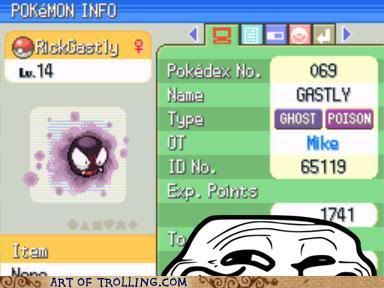This post has not been edited by the GamesBeat staff. Opinions by GamesBeat community writers do not necessarily reflect those of the staff.

They don’t make ‘em like they used to.
That’s less the rambling complaint of an elderly gentleman (who would probably go on to talk about the number of miles he would walk to school and back every day, both ways uphill, of course, and in the harshest of weather conditions) and more a statement of fact: Games literally aren’t made like the used to be.
In 1986, Nintendo released The Legend of Zelda for the Famicom Disk System and the Nintendo Entertainment System. While ground breaking in a number of areas, the one I am most intrigued by and thankful for is the ability to save your progress to the game itself, a feature never before implemented.
This started a revolution in console games. They could be longer, deeper, and much more complex, knowing that their players wouldn’t be forced to finish them in a single session. And, unwittingly, Nintendo had also designed the first game with added value in the used market.

With this new technology, cartridges were now museums to the playstyles of gamers. Renting a game or buying it used gave you not just the game itself but the buried treasure of how its previous owner tackled it.
Sure you could just start a new game and play it as intended, but look at how many hearts that other save file’s Link has? How’d he do that? Where’d he get a boomerang? These saves offered up a taste of what was to come for first time players: A glimpse into the super-equipped deity they’d surely become after hours of play.
And it spread. Picking up an old copy of a racing game such as Super Mario Kart netted you the time trials of its old master, goals set by a real player to beat like in the arcades. A copy of Dragon Warrior 3 could give you a vague tutorial of what some of the different classes could do and how one particular player used them. And a used copy of Pokémon was the ultimate treasure trove, allowing access to a bevy of high-leveled monsters (usually with ridiculous, player-created names) that could be sold off to friends or — if you were like me and had two copies of the game — brought in to supplement your main game.

That's actually pretty brilliant.
But with the introduction of the disc-based consoles like the PlayStation, cartridges began to die out –rendered obsolete by superior technology at cheaper prices. These discs had no internal storage like the cartridges of old, instead using memory cards to hold many saves from multiple games at once. Because of the knowledge a single card held, their owners would rarely give them up, which left games of the PlayStation era and beyond as identical, passive, and soulless copies with no metatextual commentary or individuality.
Although I'm saddened at the loss of one of the great, unintentional side effects of that golden era of gaming, the idea of uncovering a previous player’s saves is not completely dead. Nintendo’s DS and 3DS handheld systems continue to use cartridge media that make use of saves. It brought me great joy to purchase a used DS copy of Final Fantasy 3 and see that a previous player had leveled up Luneth as an incredibly powerful Dark Knight, a job generally considered useless in that game.
As a tribute to these mausoleums of gaming, I invite you to share your stories of old saves you discovered — whether from another player or a rediscovery of your own forgotten save.
